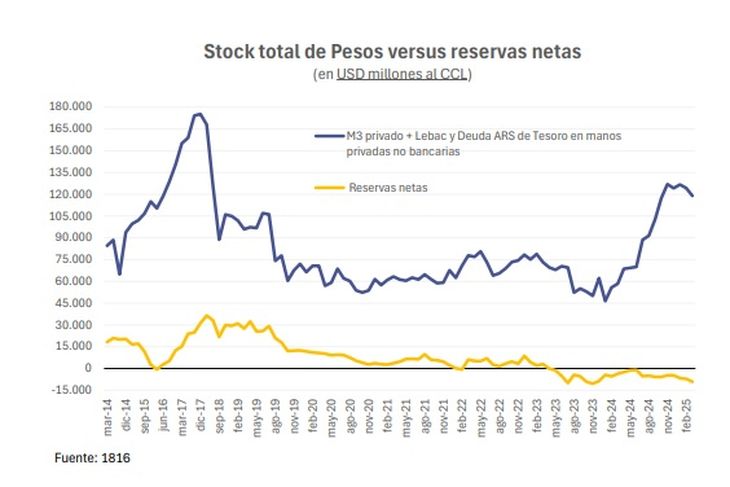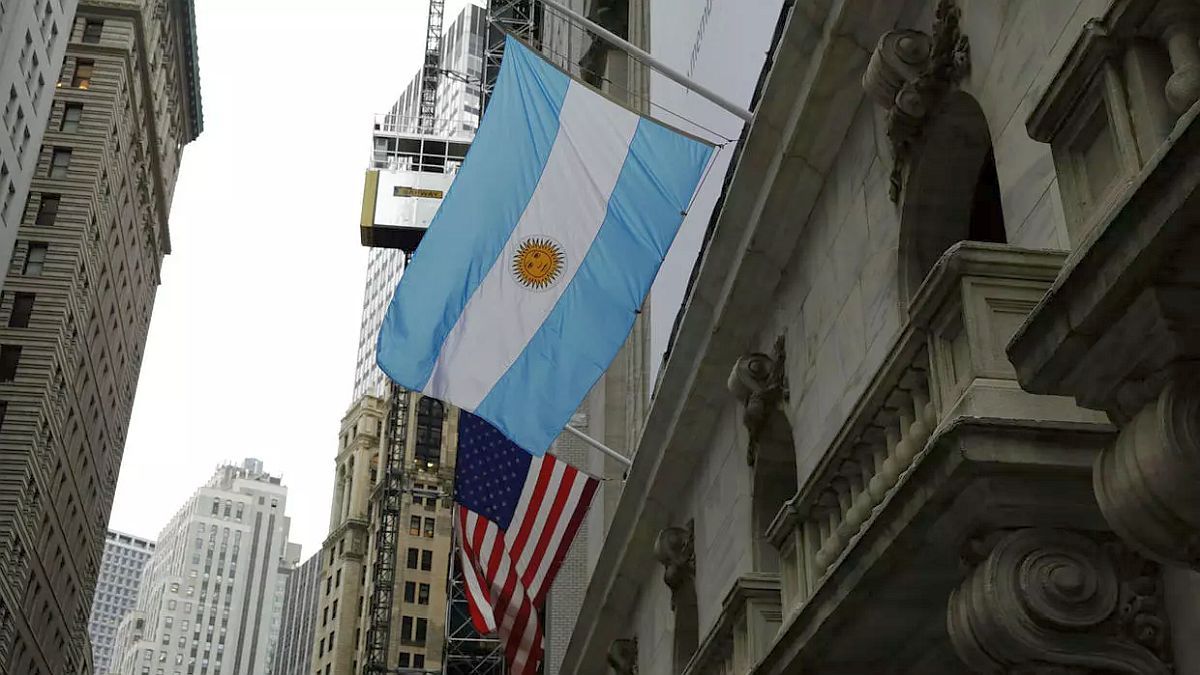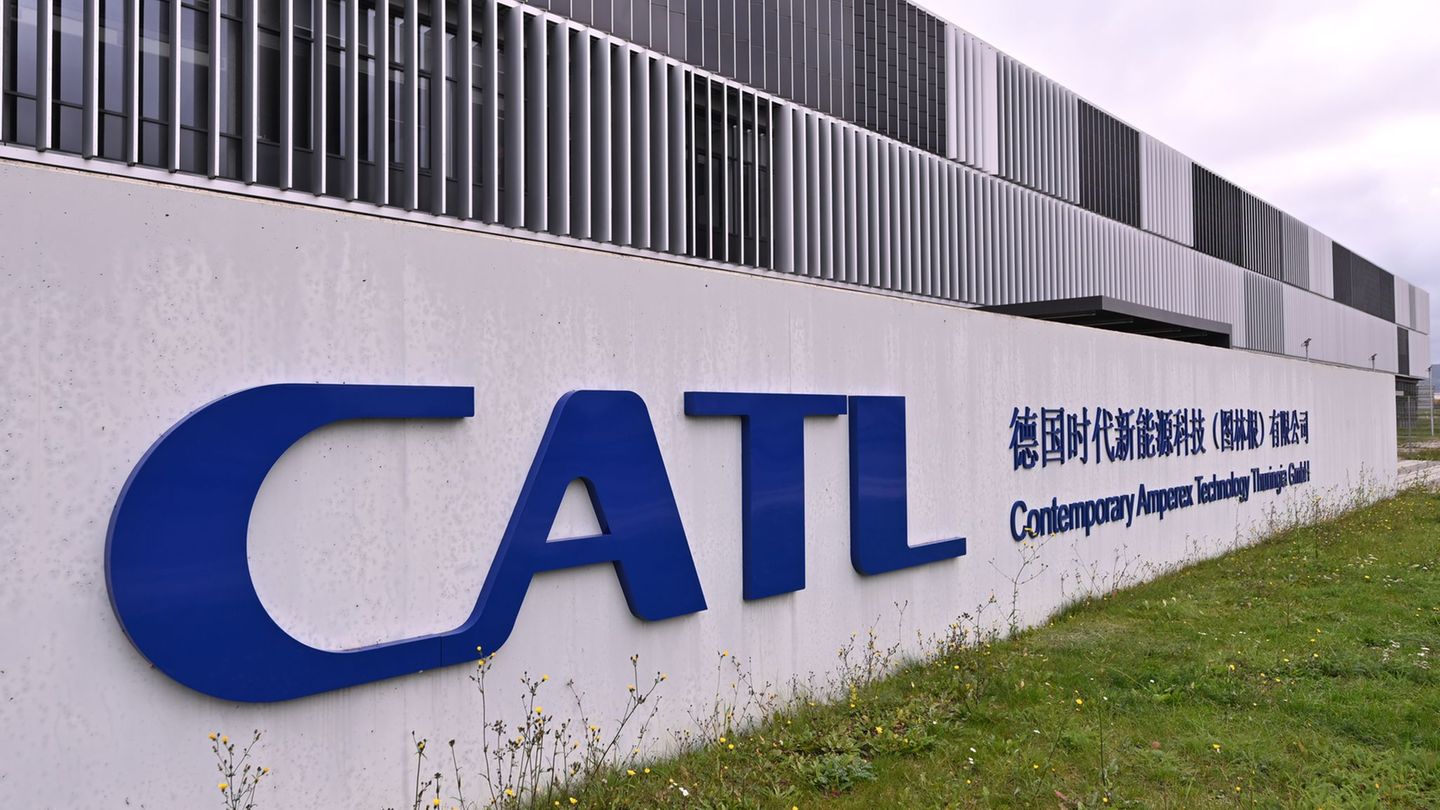And it is that the Government managed to ensure a first disbursement of 60% of the program agreed with the International Monetary Fund (IMP) —As US $ 12,000 million, according to 1816—, an unusual fact in this type of agreements. To this is added the visit of Scott Besentsecretary of the US Treasury, the renewal of the Swap with China and the flexibility of exchange restrictions, What translates a clear message for global investors.
An ambitious financial architecture
Morgan Stanley It emphasizes that the end of the stocks represents a crucial step for release currency flows, consolidate international reserves and lay the foundations for economic growth more solid. Central part of the plan is the financing of US $20,000 million agreed with the IMF, with US $1,000 million that will be disbursed in advance in 2025. To this other US $ 3,000 million would be added throughout the year, as well as potential additional credit lines by multilateral organizations and private banks.
This financial support is articulated with a new managed flotation regime, which establishes an initial band between 1,000 and 1,400 pesos per dollar, subject to monthly adjustments by means of a “CRAWLING PEG RATE“ 1%. For the financial colossus, under this structure, The BCRA may intervene without sterilization when the exchange rate approaches the lower limitwhat will strengthen Your balance and will contribute to the accumulation of reservations.
Morgan Stanley’s report concludes that exchange flexibility, combined with a firm commitment to fiscal balance, constitutes A credible frame for an orderly transition towards macroeconomic stability.
JP Morgan: “A deep change in the framework of policies”
JP Morganon the other hand, it focuses on the integral transformation of the economic policy framework. The financial giant highlights the elimination of the stocks “as the beginning of a broader agenda which includes greater currency liquidity, accumulation of reserves, restructuring of the exchange regime, deregulation of the market of change and structural reforms in the fiscal, pension and monetary areas. “
According to their projections, net reserves -today around -u $ s6.4 billion— They could improve up to $ 500 million by mid -2025 and reach a positive balance of U $ 10,000 million Towards the end of the year. This recovery would be possible thanks to the convergence of several factors: “A flexible exchange regime, the elimination of the Blend FX scheme and greater external financing“
In parallel, the Government will eliminate the remission of dividends abroad, which could translate into a greater attraction for foreign direct investment, in line with what it raises Morgan Stanley.
Fiscal and monetary reforms to consolidate the turn
The new monetary policy orientation includes a goals centered on the private transactional M2 (resources Liquids available for him private sector) and strict limits on the net domestic assets of the Central Bank. In this schemA, interest rates will play a key role to contain exchange volatility and encourage the use of weight as transaction and savings currency, Analyze the JP Morgan.
At the fiscal level, the government undertakes to a sustained equilibrium path. “The agenda includes the renewal of the Fiscal Responsibility Law, adjustments in the pension system and a gradual tax reform aimed at reducing the tax burden on the private sector, with the aim of stimulating formalization and investment,” the Bank celebrates.
Inflation and growth: Towards a sustainable recovery
While both entities warn about possible short -term inflationary pressures, they project a progressive decrease in the price increase rhythm. JP Morgan estimates interannual inflation around 26–27% for December 2025which could lower to 10–12% for December 2026, “in line with a recovery of the credibility of monetary policy and exchange stability.”
1816.jpg
In terms of activity, the bank projects a growth of the Gross Domestic Product (GDP) close to 5% in 2025promoted by the liberalization of controls, the arrival of fresh capitals and greater private sector dynamism.
An unprecedented consensus on Wall Street
Both reports agree that the government’s economic strategy configures a turning point. For Morgan Stanley and JP Morgan, the coordination between exchange, monetary and fiscal policies will be key to reverse the macroeconomic deterioration of the last decade.
And it is natural that the expectation of a structural recovery begins to arouse the interest of institutional investors, who see in this new course an opportunity to reposition themselves in one of the historically more volatile emerging markets, but also with high potential.
The risks associated with the program
The Sunday of the Consultant 1816 Remarate some risks facing the government’s economic program: “To all or nothing“And it is that the new exchange scheme faces several risks that could compromise its sustainability.
“Will the plan work? Much will depend on expectations“. In a first stage, the market is likely to react with enthusiasm: a significant loss of country risk is expected and a favorable reception to a more predictable exchange scheme, typical of a normalized country.” However, the success of the program is not guaranteed and will depend on at least three difficult factors to anticipate, “shoots the City consultant.
Reservations 1816.jpg

First, the international context. The global panorama became more volatile in recent weeks, which could condition the margin of maneuver for emerging countries such as Argentina. Second, the dynamics of inflation. The Pass-Through-that is, the transfer to prices of the new exchange balance-will be key. “An exchange rate is not stabilized at $ 1,200 as $ 1,300“In addition, the volatility of the dollar counted with liquidation (A3500) could amplify that impact. IMF projections, which estimate an inflation of 18-23% by 2025, look optimistic: they imply that, since April, the monthly CPI should be averaged just 1.4%, a very difficult rhythm to reach in the short term.
The third factor is political-social: “How society will react to the evolution of prices. Part of the support for Javier Milei may be associated with the expectation of rapid disinflation. If inflation is maintained around 5%in the coming months, will that support resist? The risk is that a slower deceleration complicates the stability of the program,” the document mentions.
It is, in short, an economic plan “to all or nothing”. If it goes well, it could mark a turning point for the Argentine macro. In the base scenario, without immediate access to voluntary financing and without drilling the floor of the exchange band, the Central Bank – or eventually the Treasury – You must intervene buying currencies within the range to accumulate reservations. The temporal margin is limited: “There are about two months, until mid -June, to add about US $ 5,000 million of net reserves beyond what international organizations can contribute. The faster the country lowers – which closed last week around 870 points – the urgency will be the urgency of buying dollars to deal with maturities without appealing to the IMF funds.
While the government advances with the implementation of the plan and the markets evaluate the first results, the support of the most influential investment banks in the world could be the first symptom of a confidence turn that, over time, enables a change of era for the Argentine economy.
Source: Ambito
I am a 24-year-old writer and journalist who has been working in the news industry for the past two years. I write primarily about market news, so if you’re looking for insights into what’s going on in the stock market or economic indicators, you’ve come to the right place. I also dabble in writing articles on lifestyle trends and pop culture news.




